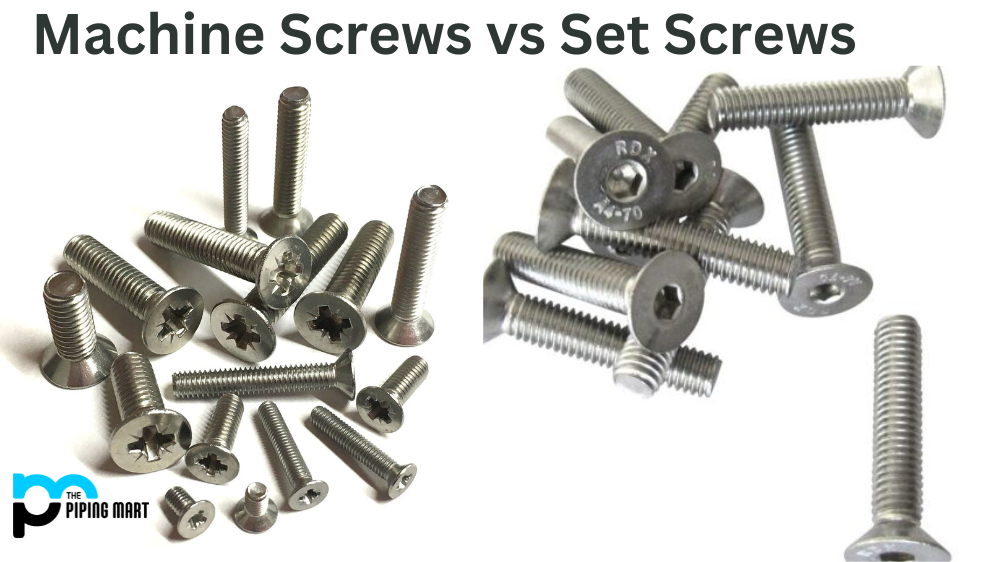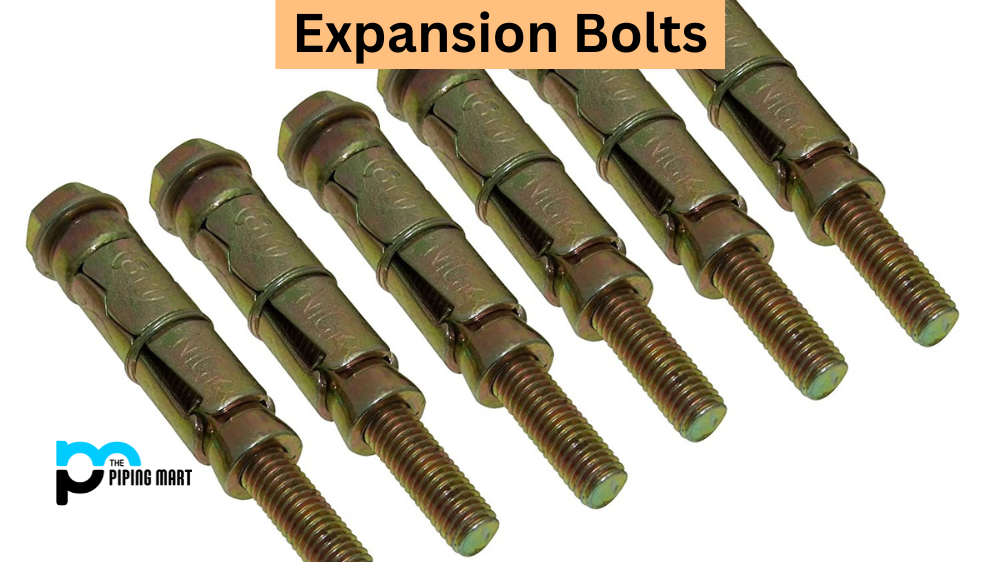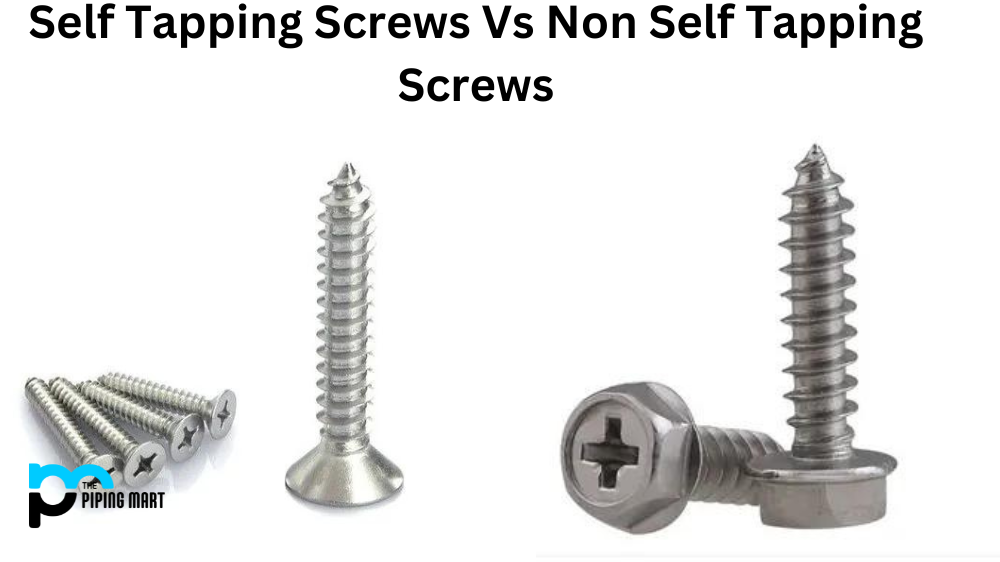Have you ever been confused about the difference between machine screws and set screws? You’re not alone. These screws have distinct purposes and unique characteristics that set them apart. Choosing the right screw for your project can be crucial, so knowing what makes them different is essential. In this blog post, we’ll dive deeper to differentiate machine screws and set screws, so you can choose the right one for your project.
What are Machine Screws?
Machine screws are used when different machinery, equipment, or parts need to be joined together. They typically require nuts that match their size and thread type. Machine screws usually have a smooth, unthreaded shank that allows them to move freely through pre-drilled or tapped holes. The head of a machine screw can be shaped like a flat or round top, a tapered or square top, a pan head, or a flanged head, depending on the intended application. These screws are usually made from alloy or stainless steel, hardened plastic, or brass.
What is Set Screws?
Set screws, on the other hand, are designed to be screwed into a threaded hole or shaft to lock two pieces together. They typically don’t need a nut; instead, their threaded portion wraps around and grips the inner surface of the post. Set screws have a point or end that can be either flat or cone-shaped, which is used to push into the mating material, preventing movement between the two parts. These screws can be made from various materials, such as steel, stainless steel, and brass.
Difference Between Machine Screws and Set Screws
The choice between machine screws and set screws depends on the desired outcome. Machine screws are commonly used for heavy-duty applications, where the connection must be secure and durable. Machine screws are generally more versatile than set screws, as they work with nuts and can be used in various applications. They are also available in a broader range of sizes and materials than set screws, making them more suitable for a broader range of projects. Set screws, on the other hand, are typically used in lighter-duty applications where a smaller amount of load-bearing is required.
Strength and Durability
Machine screws are sturdier and more durable than set screws. Machine screws are made with a higher tensile strength, making them capable of withstanding more excellent load-bearing than set screws. They also have smooth and uniform threading, which offers more robust structural support. Set screws have a weaker grip on the shaft, and the thread can wear out more quickly due to their lower tensile strength. The point or end of set screws is also more prone to damage, weakening the connection between the two parts.
When to Use Them
In conclusion, machine screws and set screws have distinct purposes and characteristics that make them suitable for different applications. Machine screws are typically used in heavy-duty applications where a secure and static connection is essential. Set screws, on the other hand, are suited for lighter-duty applications requiring a less long-lasting relationship. Before selecting the best screw for your project, consider the type of material you’re working with, the load-bearing requirements, and the level of safety required for the connection.
Other Differences
- Machine screws are screws with threads that are designed to mate with threads on a bolt or machine screw.
- Set screws are screws with threads that are designed to mate with an internal thread, such as in a tapped hole.
- Machine screws are typically made from lower-strength materials than set screws.
- Set screws are typically made from higher-strength materials than machine screws.
- Machine screws are typically used to fasten two pieces of metal together.
- Set screws are typically used to secure an object in place, such as by holding a pulley on a shaft.
- Machine screws are typically removed by unscrewing them with a screwdriver or wrench.
- Set screws are typically removed by unscrewing them with a wrench or by using a unique tool called an easy-out.
Conclusion
Now that you have a better understanding of machine screws, set screws, and the differences between them, you can make a more informed decision about which type of screw is right for your projects. Using the correct screw type can add long-lasting and reliable mechanical support to your project, so choose carefully. By carefully evaluating the load-bearing requirements, size, material, and thread type needed for your project, you can select the best screw type that provides optimal support, workability, and durability.

Meet Bhavesh, a seasoned blogger with a wealth of knowledge and experience. From metal products manufacturing to retail, Bhavesh has a diverse background in various industries and is dedicated to sharing his insights and expertise with readers.




